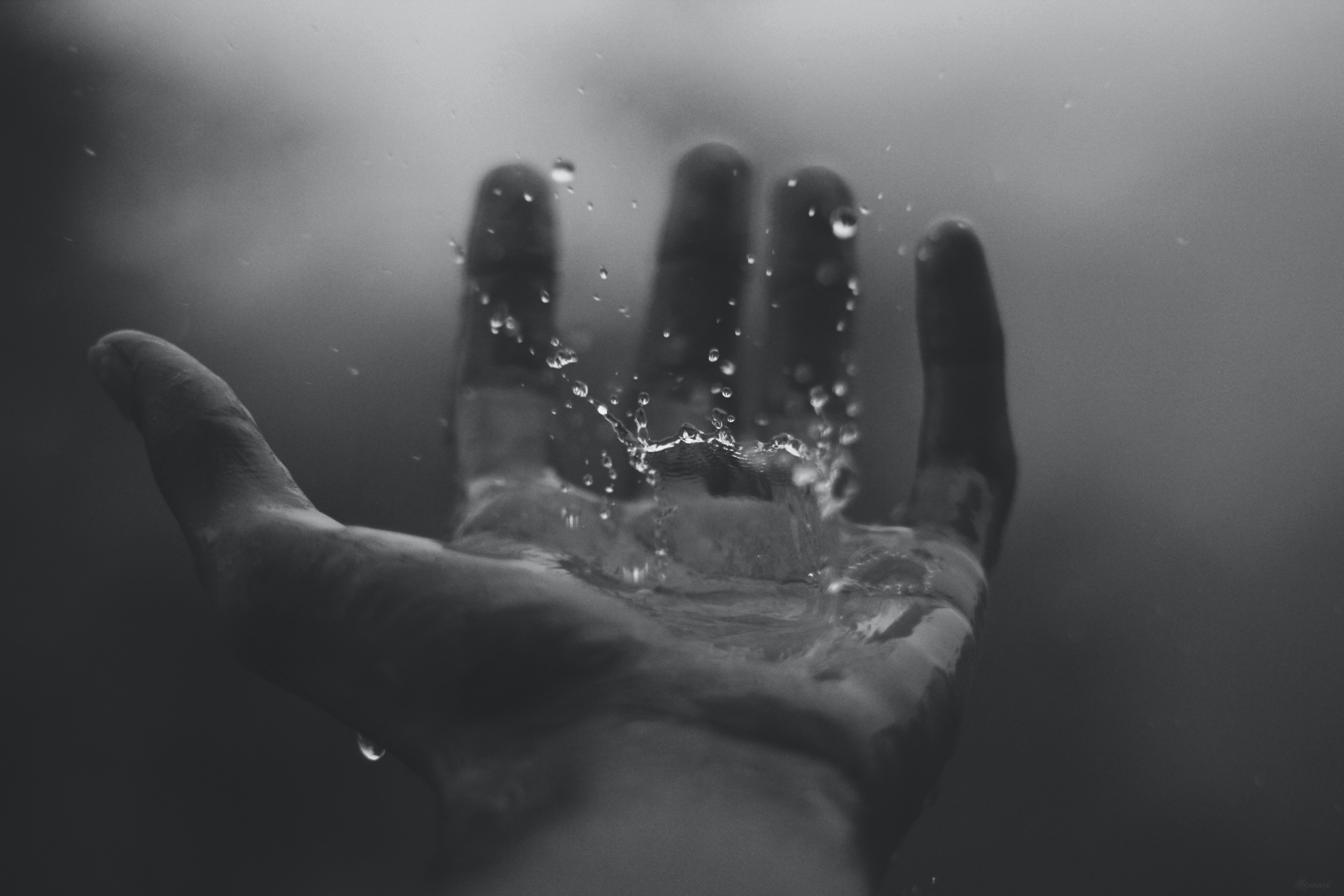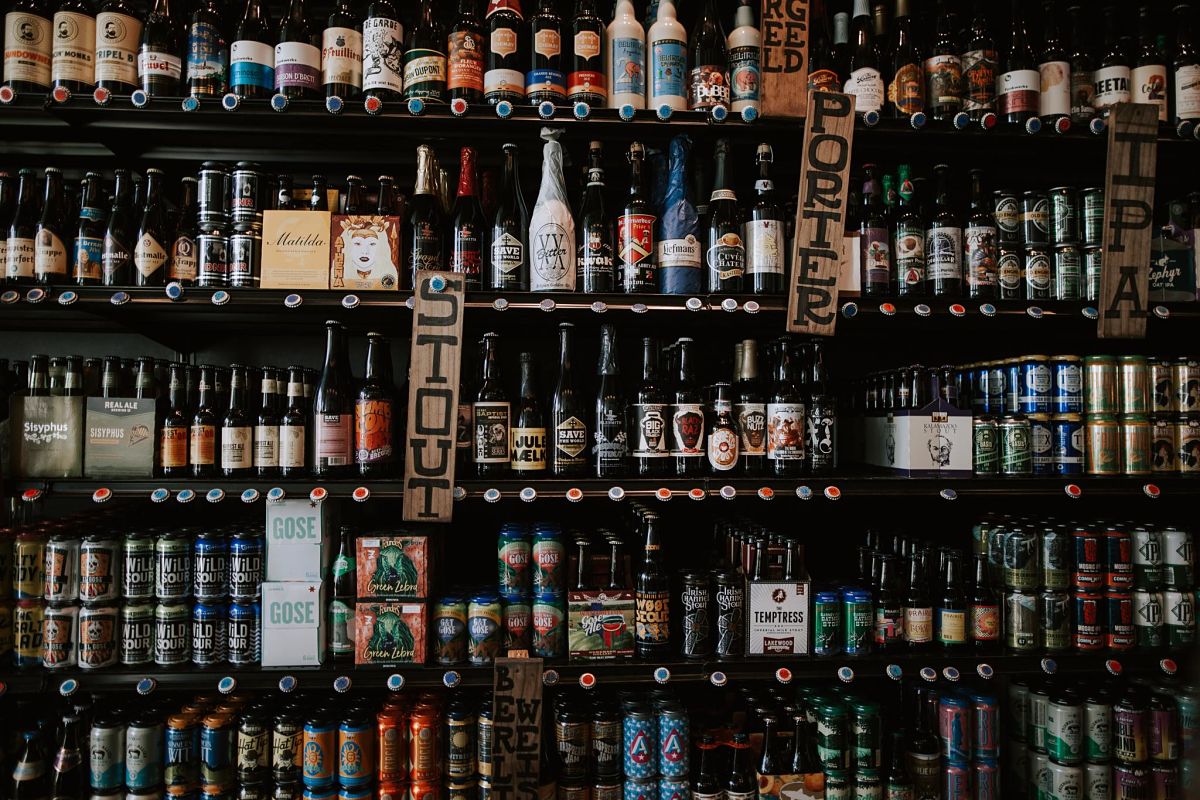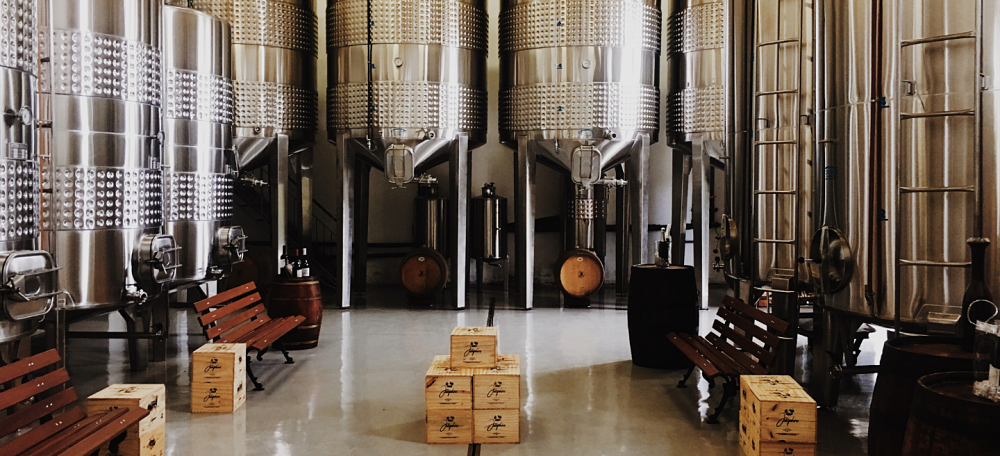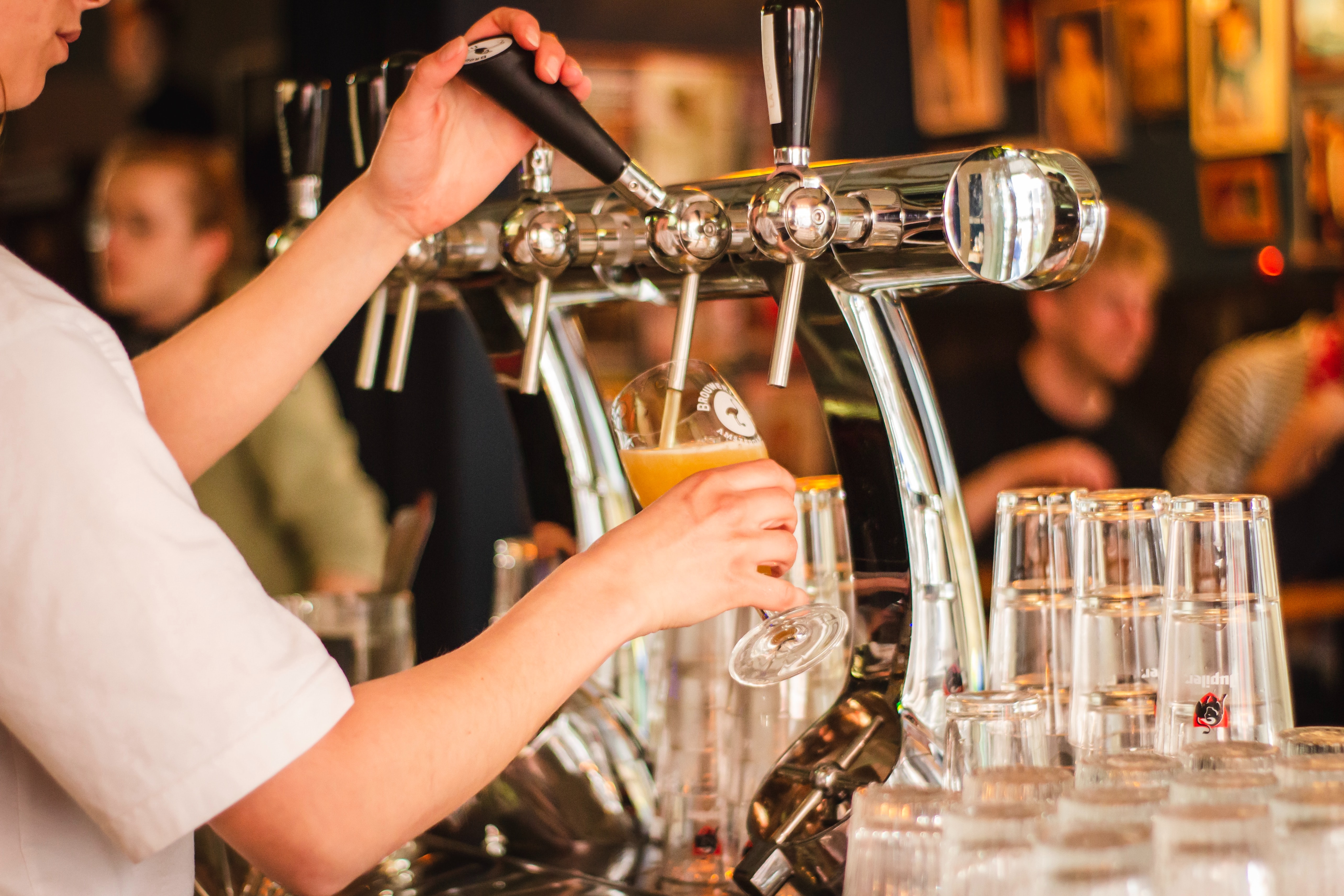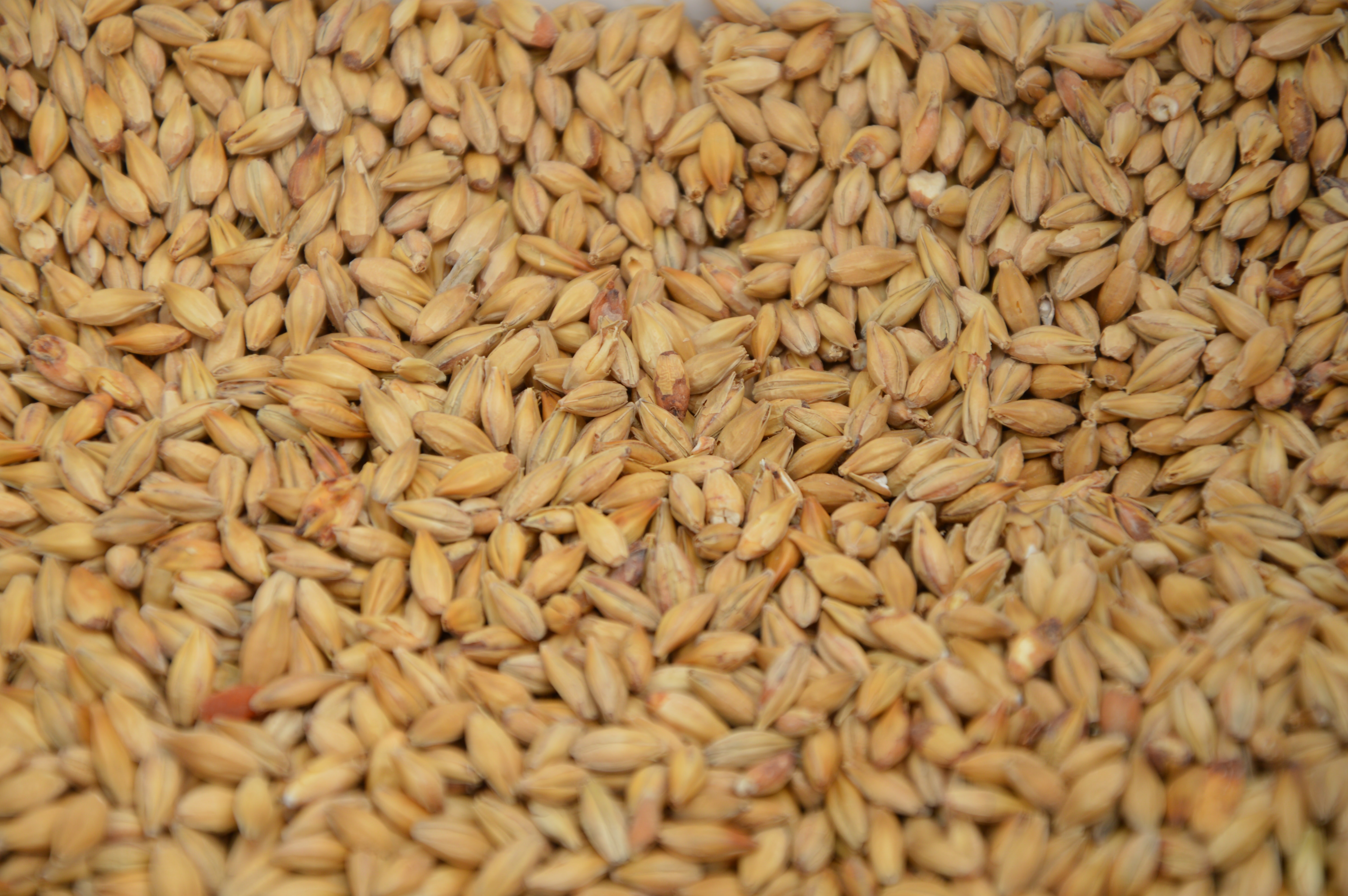The Big 4 - Beer Ingredients: Water
22 Jan 2022
Ever wanted to know more about what’s in your beer? This series dips into the ingredients that make beer what it is, and what each one brings to the table.
_________________________
Breweries don’t mention it on their labels, beer geeks don’t talk about it, and it doesn’t seem as sexy as malt, hops and yeast. But since water makes up the majority of the beer in your glass, it’s a super important ingredient in the brewing process.
Luckily, we don’t have to understand water chemistry to enjoy drinking a beer. But brewers have to care about the quality and chemistry of the water they’re brewing with. Understanding just a little about water helps us appreciate how much knowledge and work goes into our beers.
Isn’t water just H₂0?
Perfectly pure water containing nothing but hydrogen and oxygen makes for a great diagram in a high school science text book… but that’s not the water we encounter in the real world. The water we encounter has small amounts of kinds of other matter in it. Water in a pond? That’s full of organic material. Water that’s flowed over and through different kinds of rocks? That’s full of dissolved minerals. Even rainwater contain traces of minerals, such as sodium and chloride from the salt in the air over the ocean.
You may have heard of ‘hard’ water and ‘soft’ water (which has nothing to do with how much it hurts to do a belly flop). Hard water contains a higher mineral content, and soft water contains a lower mineral content.
What difference does it make?
Some things are just plain undesirable - no one wants dead fish in their beer. But different water profiles - that is, the different levels of various minerals in the water - can affect the way beer tastes and feels in your mouth, as well as affecting the way chemical reactions take place throughout the brewing process. This also means that different water profiles lend themselves to different styles and flavours of beer.
This is why water, that invisible ingredient, has actually played a fun role in beer’s history.
The water of Pilsen in the Czech Republic is extremely soft - we’re talking almost distilled. In the 1840s, when Munich had become famous for its lagers, a brewer tried to replicate Bavarian lager in the town of Pilsen in the Czech Republic. But he found the beer turned out quite different to what he was expecting. It was pale, it was clean, it was subtle - and the Czech Pilsner was born, which became the ancestor of pale lagers around the world.
At the other end of the scale, you may have heard of a little town called London. The geography around London includes a lot of limestone and chalky rock, leading to a water supply full of dissolved minerals. This hard water might not be great for inventing pale lagers, but clever brewers found they could account for the potentially harsh flavour of the water by using dark malts - thus, London brewers became known for their porters. Across the pond, Dublin brewers used their similarly hard water to make stouts, and that worked out well for them, too!
Another English locale worth mentioning is Burton upon Trent - the dissolved gypsum in their water source accentuated the hop character of their pale ales, making the town famous for their dry, bitter beers. Who knows if pale ales would have achieved such widespread popularity without this town’s hard water.
Bringing it home
These days, brewers aren’t as beholden to the mineral content of the water in their local area; they can more easily remove undesirable compounds from water, and add the minerals they want.
A number of Australian breweries like Ballistic Beer use a filtration process called reverse osmosis to strip the minerals out of water, leaving it as a blank slate. From here, they can create their desired water profile by adding whatever minerals they want for any particular style of beer.
The folk at Prickly Moses, on the other hand, boast about the pure rainwater they harvest. Right from the start, their water is a clean canvas they can use to brew all kinds of wonderful beer!
So whether you’re comparing the IPAs from Ballistic and Prickly Moses, or tasting the dry, mineral finish of an English-style Extra Special Bitter by Cubby Haus, or enjoying the subtle flavours of a Czech-style pilsner from Dad & Dave’s, try to remember the role water plays in your favourite beer. You might not recognise different water profiles in the same way you taste different malt and hops, but you can appreciate the way brewers work with water to make your beer feel and taste just right.

